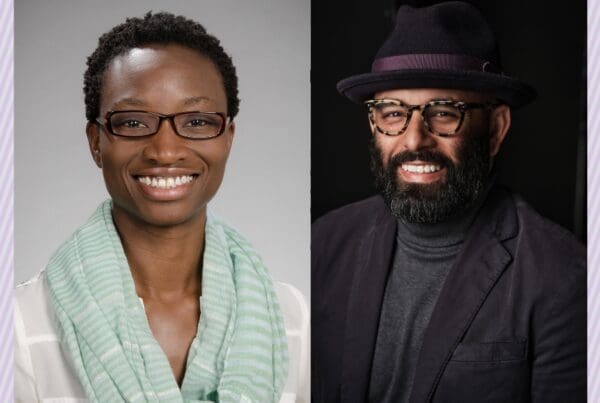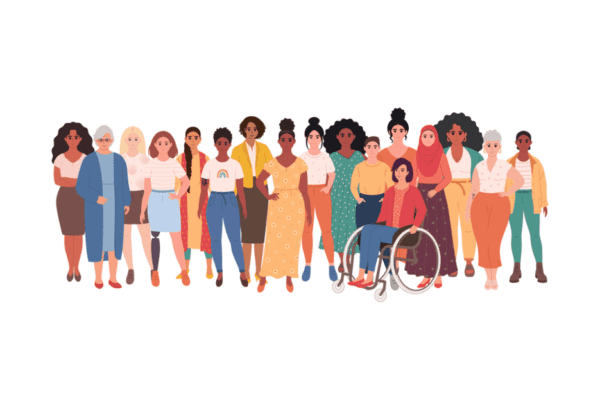November is Native American Heritage Month. It celebrates the diverse cultures, traditions, histories and contributions of Indigenous peoples in the United States.
In Washington state there are 29 federally recognized tribes as well as other tribes that are not federally recognized, such as the Duwamish, Wanapum and Chinook. Nationally, there are over 550 federally recognized tribes. There are also large urban American Indian populations made of members of these many tribes. These communities are vibrant, thriving and diverse, and have made vital contributions and cultural impacts throughout our region and country.
Find out the history behind the month, how you can celebrate and resources to learn more.
Land acknowledgement
One way to honor the Native communities in this region is to educate ourselves about, acknowledge and respect the land we are on.
The land that we live and work on within the Puget Sound was first inhabited by the Coast Salish peoples. These include the tribes and bands of the Duwamish, Muckleshoot, Puyallup, Tulalip, Snoqualmie and Suquamish Nations, who have lived and cared for the land since time immemorial.
It is also important to acknowledge that the city of Seattle is built on Coast Salish Lands, the homelands of the Duwamish and Suquamish people. In fact, Seattle is an Anglicized name for a leader of the Duwamish tribe Chief Si’ahl.
To acknowledge this land is to learn and recognize the lived history of Indigenous peoples, including the impact of colonialism and subsequent displacement, genocide, and erasure of Native communities and culture throughout our country’s history. Supporting Native land rights is a key connection to helping communities improve their health, life and continued culture.
History of Native American Heritage Month
The appeal for a formal recognition day for Native American peoples has been in the works since the early 1900s. The first state to recognize “American Indian Day” was New York in 1916.
In 1976 the first federal Native American heritage recognition week was authorized by President Gerald Ford, “Native American Awareness Week.”
Between 1976 and 1990, various presidents made proclamations for a day, week or month to recognize Native American heritage, but it didn’t happen every year or with consistency.
It wasn’t until 1991 that another resolution passed authorizing and requesting the president to proclaim the month of November 1991 and every November after as National Native American Heritage Month. George H.W. Bush signed the legislation and since, it’s been tradition for the president to send out a proclamation each November. Here’s the proclamation for this November signed by President Joe Biden.
In 2009, Congress passed the Native American Heritage Day Act and President Barack Obama signed legislation that established the Friday following Thanksgiving Day as “Native American Heritage Day.”
This year, President Biden was the first president to proclaim Oct. 11 as Indigenous Peoples’ Day, a significant move in refocusing the federal holiday from Christopher Columbus to Native and Indigenous communities.
Throughout the heritage month, events, dedications and celebrations of Native resilience and culture honor the history and the present and future contributions of Native communities.
Native American Heritage Month resources
The following resources have been curated for the celebration of and continued education on Native American communities. Try reading, listening or visiting at least one resource a week during the month of November.
- Read “What does Indigenous reclamation mean? Three Native voices discuss” in Crosscut.
- Read “Surveying the Native art of the Pacific Northwest” in UW Magazine.
- Read “A Guide to Indigenous Land Acknowledgement” by the Native Governance Center.
- Read “Land acknowledgments meant to honor Indigenous people too often do the opposite – erasing American Indians and sanitizing history instead” in The Conversation.
- Read “How the Navajo’s Cultural Values Are Driving COVID Vaccinations” in Medscape.
- Read “Native American Cultural Heritage Guide” by Visit Seattle.
- Read “The Tribes of Washington” by Washington Tribes and the Washington Indian Gaming Association.
- Read “Seven Native American Chefs Share Thanksgiving Recipes” to help decolonize your table in the Smithsonian Magazine.
- Read the map created by Native Land Digital and learn about Indigenous history of the land and impact of colonialism.
- Read “Two-Spirit” by Indian Health Service to learn more about the Two-Spirit community.
- Listen to “Living Nations, Living Words” a collection of contemporary Native poetry, curated by poet laureate Joy Harjo and the Library of Congress.
- Watch “Get to know the UW campus with Indigenous Walking Tour” in UW News.
- Watch “Traditional Coast Salish Foods” and read “Reviving Traditional Coast Salish Food Knowledge” by the Burke Museum.
- Attend “Veterans Day: Stories From Native American Veterans,” a virtual event at the Washington State History Museum.
- Shop Native owned businesses in Seattle on Intentionalist.
- Learn more about Real Rent Duwamish.
- Visit “Seattle Art Museum: Silkscreen Prints from the Colwell Collection” to see an ongoing installation featuring silkscreen prints dating back to the first four decades of local Indigenous print production.
- Visit “Burke Museum: Northwest Native Art Exhibit” featuring modern and historic basketry, carvings and multimedia art by six Pacific Northwest Native women artists, along with permanent displays including a 35-foot canoe, totem poles and more.
Photo Caption: “The Troll II” by Alison Marks, Tlingit, Burke Museum.


